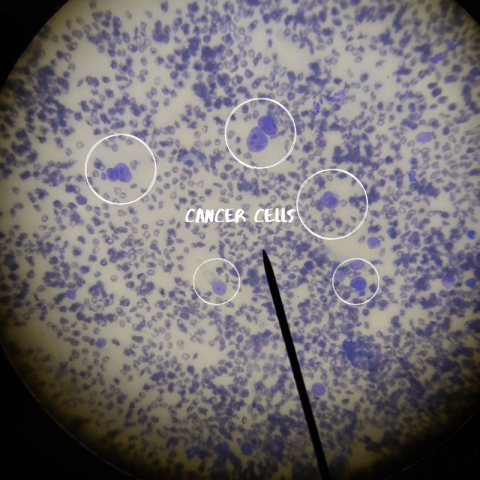
This image is an example of mammary gland carcinoma in a female dog, which has spread to the lymph nodes and organs of the abdomen and chest.
We've all been told that it's important to get our pets desexed, but not all of us know the medical reasoning behind it. Yes, it's an important step to prevent unwanted pregnancies, but this surgery crucially helps to prevent mammary tumours from developing.
In female dogs desexed before their first heat, the risk of developing mammary tumours is 0.5%. If desexed after their first heat, their risk of mammary tumours increases to 8%. After their second heat, this risk climbs to approximately 25%. About half of all mammary tumours in dogs are malignant, and can spread to other parts of their body. In cats, mammary tumours are less common, but approximately 85% of those that DO develop are malignant.
If you notice any suspicious lumps around the nipples of your pets, please seek immediate advice from a veterinarian. Delaying examination and necessary treatment could be deadly.